LangSplat是CVPR2024的paper. 实现3DGS的语义分割(可文本检索语义)
github: https://github.com/minghanqin/LangSplat?tab=readme-ov-file
主要思想是在3DGS中加入了CLIP的降维语义特征,可用文本检索目标,实现分割。
配置环境:
environment.yml一步一步执行。
conda create -n langsplat python=3.7.13
conda activate langsplatpip install torch==1.12.1+cu113 torchvision==0.13.1+cu113 torchaudio==0.12.1 --extra-index-url https://download.pytorch.org/whl/cu113
pip install numpy
pip install tqdm
pip install matplotlib
pip install submodules/langsplat-rasterization
pip install submodules/simple-knn
pip install open-clip-torch
pip install mediapy
pip install tensorboard
pip install opencv-pythonpip install submodules/segment-anything-langsplat
pip install submodules/langsplat-rasterization
pip install submodules/simple-knn
作者有训练好的ckpt 和 output, 直接下载下来,按照issues里面的step操作了一下。
https://github.com/minghanqin/LangSplat/issues/18



执行成功,但是在本机效果很差,有点像模型没有被训练,直接用随机值预测的一样。
iou=0.02, localization accuracy=0.1
结果图
RGB:
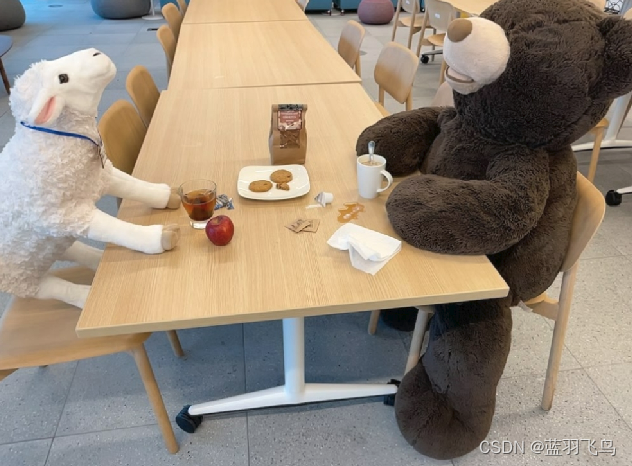
apple gt:
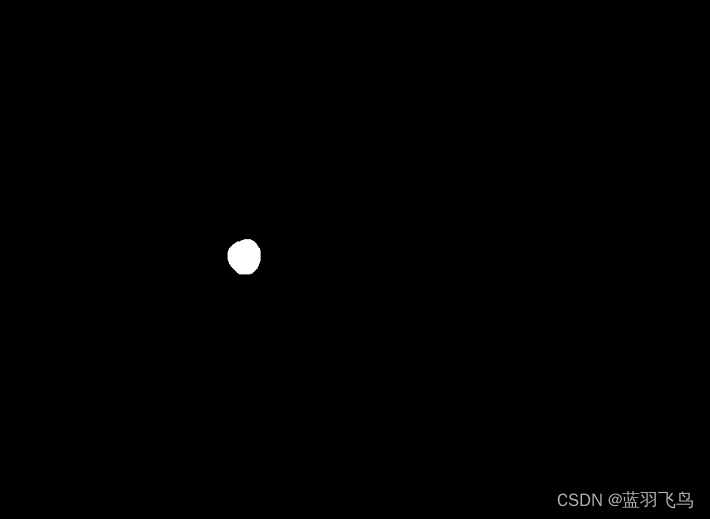
预测的:
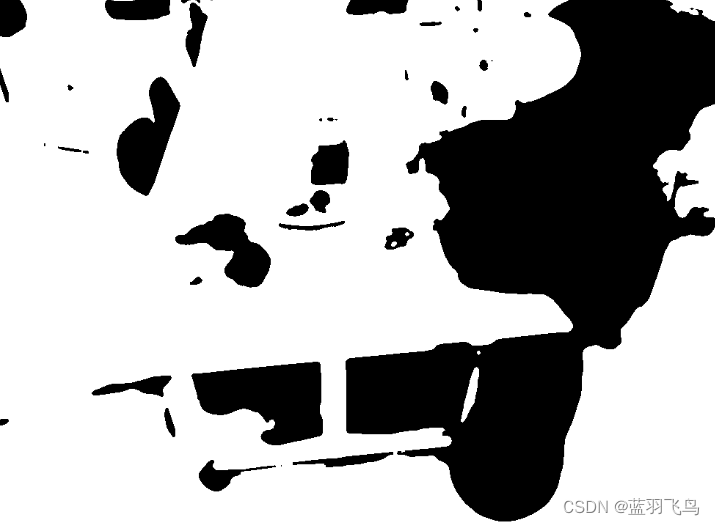
其他的目标也都一样效果不好。
于是决定重新训练一遍。
首先,准备数据集:
下载lerf_ovs。
刚开始里面是images, sparse这两个要用到的文件夹。
然后按github的说明,运行3DGS, 得到一个权重和点云文件。
也就是output这个文件夹全部。
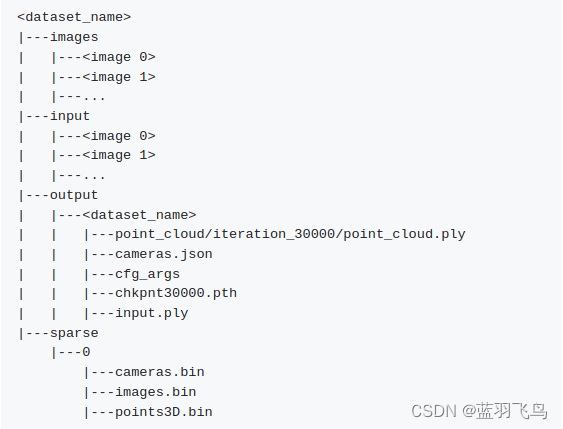
进入到3DGS的github:https://github.com/graphdeco-inria/gaussian-splatting
按照它的说明。
# HTTPS
git clone https://github.com/graphdeco-inria/gaussian-splatting --recursivepython train.py -s ~/dataset/lerf_ovs/teatime
这个模块是要安装的,每修改一次都要重新安装,
pip install submodules/diff-gaussian-rasterization
训练好了,但是没有pth文件
需要这样训练才会保存pth文件
python train.py -s ~/dataset/lerf_ovs/teatime --checkpoint_iterations 30000
然后把输出的output文件夹整个copy到~/dataset/lerf_ovs/teatime下面。
下一步,
提取语言特征
python preprocess.py --dataset_path ~/dataset/lerf_ovs/teatime
训练autoencoder
cd autoencoder
python train.py --dataset_path ~/dataset/lerf_ovs/teatime --dataset_name teatime --encoder_dims 256 128 64 32 3 --decoder_dims 16 32 64 128 256 256 512 --lr 0.0007
训练3D语义特征
python test.py --dataset_path ~/dataset/lerf_ovs/teatime --dataset_name teatime
下面要训练不同feature_level的LangSplat模型
–start_checkpoint是上面训练的3DGS模型
python train.py -s ~/dataset/lerf_ovs/teatime -m output/teatime --start_checkpoint ~/dataset/lerf_ovs/teatime/output/teatime/chkpnt30000.pth --feature_level 1
#同样的训练level 2 和 level 3
渲染
python render.py -s ~/dataset/lerf_ovs/teatime -m output/teatime_1 --include_feature#同样的渲染level 2 和 level 3
最后eval, 需要改一下eval.sh中的gt路径。
cd eval
sh eval.sh
现在的效果好多了。
iou=0.5514, localization accuracy=0.7966
现在产生的apple mask
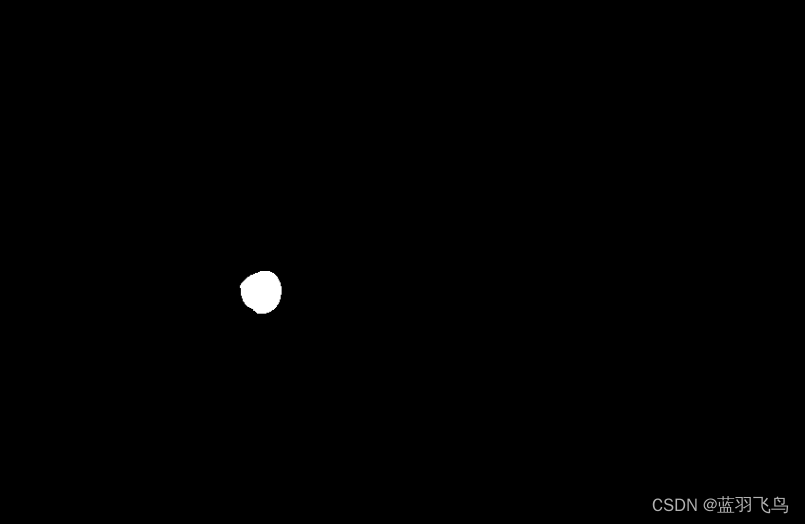
render.py产生的并不是ply文件,而是npy和png文件, 每张图片分别对应一个.
output/teatime_1/train/ours_None/renders里面是png文件,
是3DGS根据相机的位姿生成对应的渲染语义图片。

所以其实LangSplat生成的结果是3DGS,
即output/teatime下面的cnkpnt30000.pth,
里面存的有语义信息,通过渲染可以得到不同视角下的语义图片。

 安装部署smartdns 搭建智能DNS服务器)


)










、AMD和Intel部分GPU性能参数对比)



:Linux 线程的创建与同步)